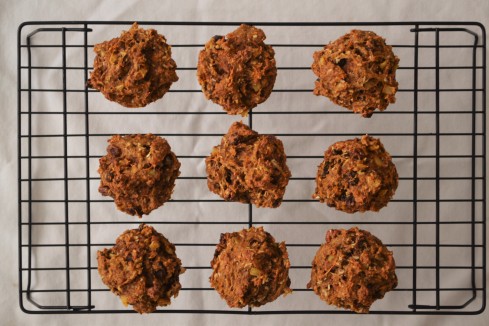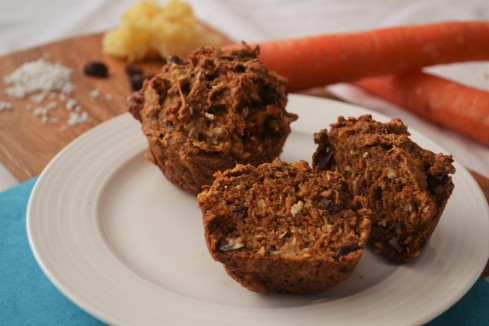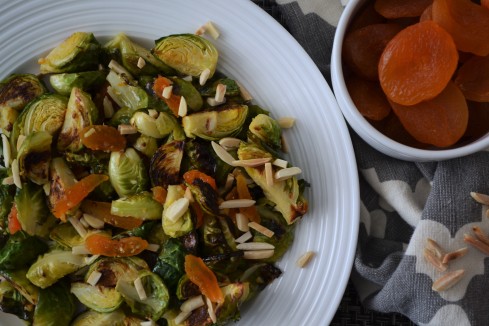Red meat has been at the centre of much controversy over the past 6 months. Bacon-lovers were up in arms when the International Agency for Research on Cancer (IARC), an arm of the World Health Organization, released a report in October 2015 describing the association between processed meat and cancer risk. The report classified processed meat (such as hot dogs, ham, and sausage) as “carcinogenic to humans” and red meat (such as fresh beef, veal, pork, and lamb) as “probably carcinogenic to humans.”

Processed meats are thought to be cancerous because of the chemicals that form during salting, curing, fermentation, or smoking. These chemicals include N-nitroso compounds and polycyclic aromatic hydrocarbons. Based on epidemiological studies, IARC felt that there was sufficient evidence to say that eating processed meats causes colorectal cancer. For every 50 gram portion of processed meat consumed daily, it is estimated that your risk of colorectal cancer increases by approximately 18%.
But what about fresh red meat? What makes it more likely to cause cancer than other meats, like poultry and fish? Unfortunately the experts don’t seem to fully understand. What they do know is that cooking red meat at high temperatures (for example, barbecuing or pan-frying) can lead to the production of carcinogenic compounds such as polycyclic aromatic hydrocarbons and heterocyclic aromatic amines. Epidemiological studies have shown a positive association between eating red meat and developing colorectal cancer; however, the IARC is quick to say that the evidence remains limited because confounding factors could not be excluded in these studies.

Does this mean that we should avoid all processed and red meat?
Yes and no. To all the bacon-lovers out there: I’m sorry to say this, but it’s probably a good idea to avoid processed meats as much as possible. Red meat intake, on the other hand, should be limited but you don’t need to completely avoid it. The World Cancer Research Fund International recommends limiting red meat to 500 grams per week, which amounts to approximately 6 deck-of-card sized servings. Keep in mind that the average North American is accustomed to eating portions of meat that are double this size, so keeping portions in check is an important way to reduce your cancer risk.
If you aren’t convinced that a small portion of beef or pork is going to cut it when you sit down to dinner, try using ground meat and incorporate other ingredients like veggies, grains, or legumes to add bulk. This way you can feel like you’re eating a reasonably-sized portion while keeping your red meat intake under 100 grams.

Meatballs are a great way to stretch your meat portion without sacrificing nutrition or taste. I first stumbled across this spinach and sun-dried tomato meatball recipe several years ago, fell in love with the amazing flavour, and then promptly forgot about it and haven’t made it since. Until now.
Frozen spinach offers many healthy nutrients like beta-carotene, vitamin K, folate, and fibre while adding a pretty green marbling to your meatballs. It doesn’t change the flavour all that much, in my opinion, which is where the sun-dried tomato comes in. Don’t skimp on this ingredient! The sun-dried tomato adds a pop of umami with every bite and is what make this meatball so irresistible. A bit of Parmesan cheese rounds out the Mediterranean-inspired flavours to add more depth and a hint of saltiness.

Cora versus the Meatball tower
My favourite thing about meatballs, second to eating them, is how easily they freeze. I tend to bake a large batch, cool them in the fridge for a day, then toss them in a freezer bag for easy storage. When a quick protein is needed for dinner, I pop a few in the microwave and…voila! Dinner is served.

Spinach and Sun-dried Tomato Meatballs
(adapted from Kath Eats Real Food)
1 pound (454 grams) extra-lean ground beef
10 ounces (300 grams) frozen spinach, thawed and drained very well of all liquid (tip: wrap in paper towel and squeeze out as much excess liquid as possible)
1/3 cup sun-dried tomatoes in oil, drained well and chopped
2 to 3 tablespoons finely minced onion
1 to 2 cloves of garlic, minced
1 cup panko
1/4 cup freshly grated Parmesan cheese
2 eggs, beaten
1/4 tsp salt
1/2 tsp freshly ground black pepper
- Preheat oven to 425 degrees Fahrenheit. Line a baking sheet with foil and spray with cooking spray (or coat lightly with vegetable oil).
- In a large bowl, mix together all ingredients with your hands.
- Divide mixture into golf ball-sized meatballs (about 20) and place onto foil-lined baking sheet.
- Bake for 15 minutes, then flip each meatball. Bake for another 10 minutes, or until meatballs begin to brown.
Makes 20 meatballs. Per 4 meatballs: 250kcal, 8.6 g fat (2.7 g saturated), 15 g carbohydrate, 2.7 g fibre, 27 g protein, 363 mg sodium











